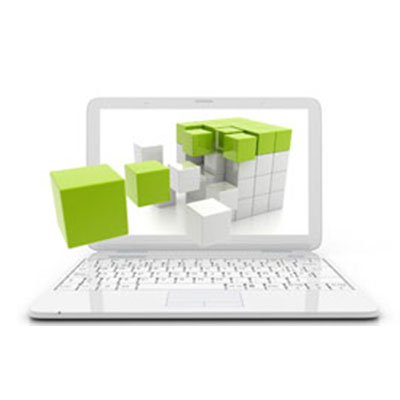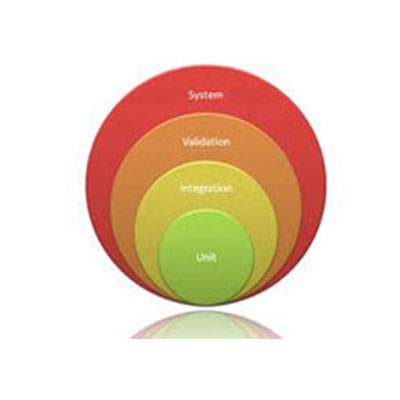Redefining Lab Management Excellence With Labsols Cloud Lims
- Scalability:
 Easily adaptable to the changing needs and growth of laboratories.
Easily adaptable to the changing needs and growth of laboratories. - Accessibility:
 Access data and functionality from anywhere with an internet connection.
Access data and functionality from anywhere with an internet connection. - Cost Efficiency:
 Eliminates the need for extensive hardware infrastructure and associated maintenance costs.
Eliminates the need for extensive hardware infrastructure and associated maintenance costs. - Collaboration:
 Facilitates real-time collaboration among team members, even across different locations.
Facilitates real-time collaboration among team members, even across different locations. - Security:
 Robust security measures to protect sensitive laboratory data.
Robust security measures to protect sensitive laboratory data. - Automatic Updates:
 Regular updates and improvements without the need for manual intervention.
Regular updates and improvements without the need for manual intervention. - Integration Capabilities:
 Seamless integration with other laboratory instruments and systems.
Seamless integration with other laboratory instruments and systems. - Data Backup and Recovery:
 Automated backup processes and reliable data recovery mechanisms.
Automated backup processes and reliable data recovery mechanisms. - Customization:
 Tailor the system to meet the specific requirements of the laboratory.
Tailor the system to meet the specific requirements of the laboratory. - User-Friendly Interface:
 Intuitive design for ease of use and quick adoption by laboratory personnel.
Intuitive design for ease of use and quick adoption by laboratory personnel.


-
 Compliance and Audit Trails:Helps laboratories adhere to regulatory standards with transparent audit trails.
Compliance and Audit Trails:Helps laboratories adhere to regulatory standards with transparent audit trails.
 Remote Monitoring: Enables administrators to monitor and manage the system remotely.
Remote Monitoring: Enables administrators to monitor and manage the system remotely. Real-Time Analytics: Provides instant access to analytical insights for informed decision-making.
Real-Time Analytics: Provides instant access to analytical insights for informed decision-making. Mobile Compatibility: Access and manage data using mobile devices for enhanced flexibility.
Mobile Compatibility: Access and manage data using mobile devices for enhanced flexibility. Enhanced Data Integrity: Minimizes the risk of errors and ensures the integrity of laboratory data.
Enhanced Data Integrity: Minimizes the risk of errors and ensures the integrity of laboratory data. Environmental Impact: Reduces the environmental footprint associated with traditional on-premise solutions.
Environmental Impact: Reduces the environmental footprint associated with traditional on-premise solutions. Quick Implementation: Speedy deployment compared to traditional LIMS installations.
Quick Implementation: Speedy deployment compared to traditional LIMS installations. Vendor Support: Ongoing support and assistance from Labsols Team
Vendor Support: Ongoing support and assistance from Labsols Team Disaster Recovery: Robust disaster recovery plans to ensure data safety in unforeseen circumstances.
Disaster Recovery: Robust disaster recovery plans to ensure data safety in unforeseen circumstances. Subscription Model: Cost-effective subscription-based pricing models for better financial management.
Subscription Model: Cost-effective subscription-based pricing models for better financial management.
Downloads
Our Implementation Methodology For Cloud Lims
A meticulously crafted implementation methodology empowers laboratories to harness the complete capabilities of Labsols Cloud LIMS, seamlessly mitigating disruptions and guaranteeing a triumphant transition to cutting-edge efficiency. The adoption of a Cloud LIMS requires a methodical and well-organized process. It emphasizes the need for a structured plan to facilitate a seamless shift from existing systems to the cloud-based LIMS. This systematic approach typically includes steps such as assessment, planning, customization, data migration, training, testing, and gradual implementation. The goal is to minimize disruptions, ensure efficient integration, and optimize the benefits of the Cloud LIMS for the laboratory's operations.

System Requirements
- Conference with key stakeholders
- Documenting requirement analysis
- Business Mapping
- Analysis
- Preparing Techno-functional documents

Beta Release for review
- Planning
- Customization and Tuning
- Testing & Bug fixing
- Beta release for client review
- Client feedback

Configuration and Change analysis
- Changes gathering
- Analysis & Planning
- Incorporating changes to prototype
- Testing & Bug fixing
- Preparing modified application

Transfer and Go-Live
- Incorporating final changes
- Preparing Implementation plan
- Transfer to Application server
- Implementation & Application Handover
- Training

User Acceptance Testing (UAT)
- Transfer to Staging server
- Client testing and feedback
- Recording output
- Recording process or output changes (if any)

 (+44) 118 328 2490
(+44) 118 328 2490
 (+91) 9123329271
(+91) 9123329271




